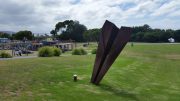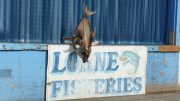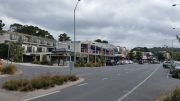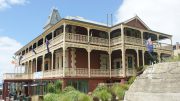Gadubanud or King Parrot people of the Cape Otway Coast were the original users of the land around Lorne before Europeans started moving into the area in the mid 1850’s
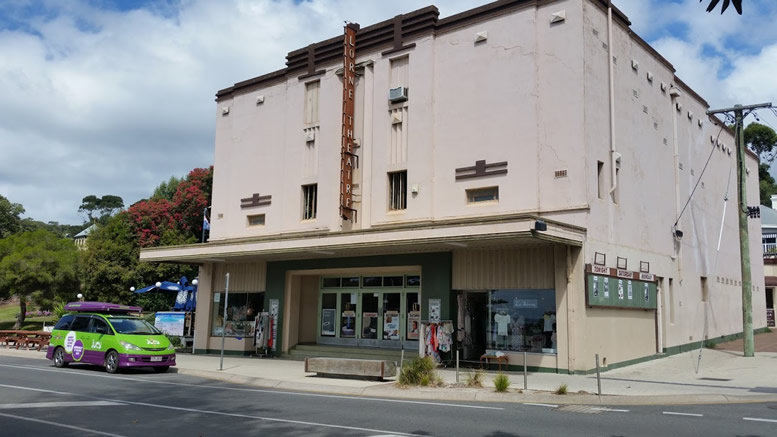
Lorne was originally called Louttit Bay, after a sea captain who transported wood from the area. The town was renamed Lorne after the Marquis of Lorne who married the daughter of Queen Victoria in 1870.
A sea captain called Louttit who helped move cargo from a strickened ship out of the area in 1841 had the the town was called Louttit in his honour, the bay is now called Louttit Bay. It wasn’t for another five years that the coast was surveyed and couple more before timber logging was started by William Lindsay. Cattle was introduced by J Herd who built a large cattle station that was eventually sold to the Mountjoy brothers who now have the main road named after them.
The Mountjoy’s built a house that stood were the Erskine House Guesthouse now stands, they gave up on the cattle run in late 1860s ventured into other business’ in the area. Subdivision followed about 1869 and the town’s name was changed to Lorne in honour of the Marquis of Lorne who married the daughter of Queen Victoria in 1870.
The town expanded rapidly with a school, hotel, hall and library being built from 1870 to 1890. Camping and tourism gained popularity with improved access to the town with the opening of Great Ocean Road in 1924.
Early industries in the area included fishing and logging but both only had a short popularity. Tourism grew and grew after World War II and large hotels and guesthouse were built in the town to accommodate the growing tourist trade. During the 80’s large scale developments came to Lorne for the first time with the Cumberland Resort being built, sadly the beautiful Cumberland Hotel had to make way for its construction, but nearly 30 years on people have accepted change and several new development have sprung up making Lorne a vibrant and cosmopolitan seaside town ensuring its future.
By the 1950’s Lorne had become one of Victoria’s favourite holiday destinations with campers, ply wood caravans and the like all making a home in the township over summer. fishing, enjoying the sun and the new found sport of surfing made this town the place to be. Cafe’s and restaurants soon followed and have never looked back.
Fire has hit the surrounds of Lorne many times over its existence but none will be remembered quite like the events of 1983.
Like much of the Great Ocean Road, dozens of houses were destroyed in the Lorne area during the horrific Ash Wednesday bush fires.

Today the caravans have been replaced with apartments and the mode of transport is more likely to be a shiny SUV, and the cafe’s now serve latte’s with skinny milk. The town is a cosmopolitan place for the ’ beautiful set’ but although things have changed but the charm of Lorne has remained and with it’s natural beauty, beautiful beaches and good amenities it will continue to be the jewel in the Great Ocean Road for a long time.

